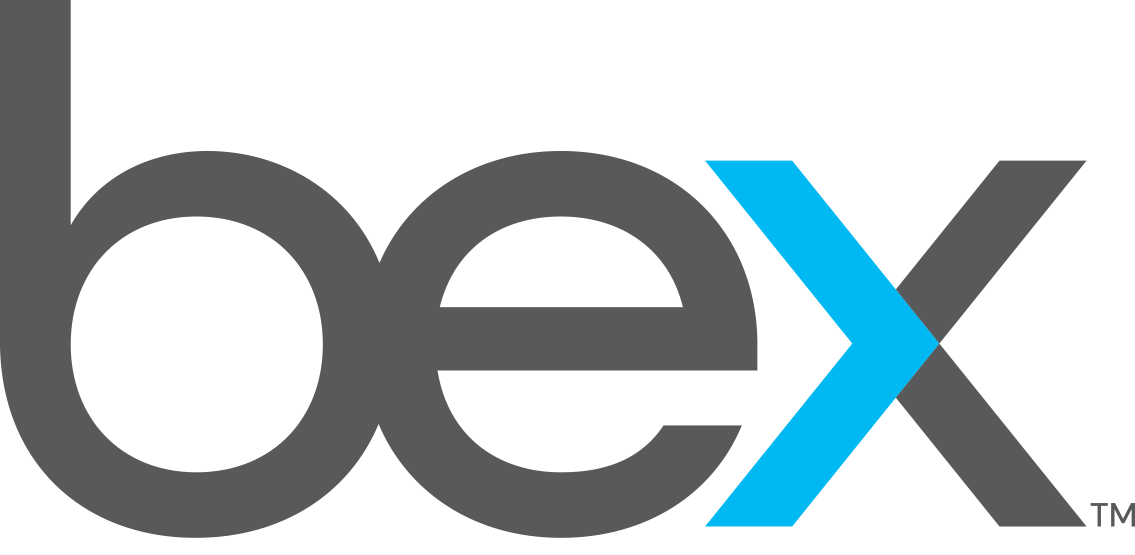We believe everyone
is a strategist
Strategy is defined as making choices in the face of uncertainty. These choices are made by individuals at every level of an organization. Bex works with teams, leveraging our Strategy Realization Framework™ to define the elements of the three phases of strategy at a corporate, business unit, or functional level, including:
1. Formulation and testing
2. Translation and alignment
3. Execution and monitoring
1. Formulation and testing workshops
During the first phase, teams document the current state, develop new strategic options, and finalize strategic choices. The five workshops below make up the formulation and testing phase.
1a. Strategy formulation and testing overview
• Understand the strategy formulation and testing process
• Establish a common framework and language for strategy formulation and testing
1b. Perform situation analysis
• Clarify mission, vision, and value statements
• Document current strategy
• Complete strategic analyses
• Identify strategic challenges
1c. Formulate strategic options
• Prioritize strategic challenges
• Identify strategic choices available
• Document multiple strategic options
1d. Test options and choose
• Pressure test choices with reverse engineering
• Refine go-forward strategy
1e. Red team the strategy
• Gain situational awareness and information needed
• Assess key assumptions and identify biases/fallacies
• Generate alternatives, identify risks and implications
• Test and evaluate plans to ensure robustness/resilience
2. Translation and alignment workshops
In phase 2, teams turn strategic choices into detailed plans with objectives, metrics and initiatives, and cascade the strategy throughout the organization. The four workshops below make up the translation and alignment phase.
2a. Strategy translation and alignment overview
• Understand the strategy translation and alignment process
• Establish a common framework and language for strategy translation and alignment
2b. Plan the strategy
• Create strategy maps
• Build balanced scorecards
• Identify strategic initiatives
• Assign theme owners
• Fund the strategy
2c. Align the organization
• Align corporate, business unit, and functional strategies
• Communicate strategies to employees
• Align employee objectives and incentives
• Design/redesign organization
2d. Plan the operations
• Create sales forecasts
• Formulate resource capacity plan
• Complete operating and capital budgets
• Establish operational KPIs
3. Execution and monitoring workshops
Phase 3 is about taking action. Teams execute business processes and transformation initiatives, monitor progress, and re-evaluate the strategy. The four workshops below make up the execution and monitoring phase.
3a. Strategy execution and monitoring overview
• Understand the strategy execution and monitoring process
• Establish a common framework and language for strategy execution and monitoring
3b. Transform business processes
• Identify root causes of defects and waste
• Brainstorm potential solutions
• Decide on final solutions
• Initiate 30/60/90-day plan
3c. Monitor and learn
• Design operational review meetings
• Design strategy execution meetings
3d. Test and adapt
• Facilitate strategy review meetings
• Test strategic assumptions
• Adapt strategy as necessary



